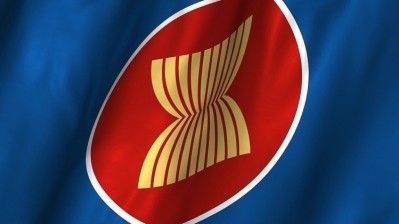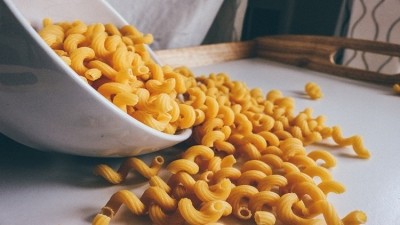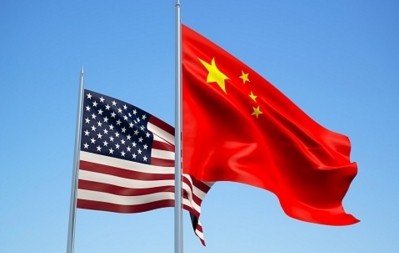Little harmony: How South East Asian countries have been erecting barriers in the name of free trade

In theory, the Association of Southeast Asian Nations is moving towards becoming the world’s second-biggest single market after the European Union by eliminating tariffs and harmonising standards between member states. In practice, tariff barriers to trade are being casually replaced by technical and non-tariff barriers to carry out a similar role.
The Asean Economic Community’s establishment in 2015 united an enormous overall market of over 600m people worth US$2.6 trillion. A year later, the 10 member countries set out to harmonise their individual standards across all industries in a bid to knock down technical barriers to trade.
Though the AEC process was relatively straightforward, leading to average tariffs of under 1 per cent for meat across the bloc, albeit with exceptions for some processed meat products, the latter has been more challenging in all food-related industries.
Compared to other industry segments, such as electronics, which has reasonably uniform global standards, food industries attract a whole catalogue of safety conformance that differs widely between countries.
For example, the process to harmonise sanitary phytosanitary (SPS) standards began last year. It will be interesting to watch the process unfurl—and indeed wait to see if it reaches a satisfactory conclusion.
Privately, FoodNavigator-Asia has been told that there is little appetite among the region’s main food exporters for SPS standards ever to be harmonised.
These include Malaysia and Thailand, which are the only Asean nations to enjoy a surplus in meat and related products.
Meanwhile, Abhineet Kaul, director of consulting for the public sector and government for Frost & Sullivan said: “Any impact of harmonisation will depend on the effectiveness of [SPS standards] implementation.”
“As of now, the objectives of SPS are varied—some members, such as Singapore, focus on SPS to ensure food safety, while some others with strong domestic agriculture lobbies use SPS to reduce competition in their domestic markets.”
Meanwhile, a document that agrees the standards and conformance to underpin harmonisation of food processing industries is on the verge of being agreed. One of many such rulebooks drawn up for each industry, this mutual recognition arrangement (MRA) sets out the inspection and certification systems for food products.
However, standards for food safety, quality checks and related measures are very different across Asean members, said Kaul, adding that he would be surprised if harmonisation were completed before 2025.
“Harmonisation will take a long-time to get all the members on board to ensure consistency. It will require not just MRAs, but member companies to invest in capital, skills and technologies.”
The prize for full harmonisation, alongside the existing tariff elimination, will be worth all the years of negotiations and bureaucratic activity, however.
“Standards in traded protein products would be the same across Asean, from feedstock down to further processed food,” said Ben Santoso, analyst at RaboResearch Food & Agribusiness.
“It will reduce the need to apply notifiable measures. Countries with advanced regulatory apparatus, infrastructure, and cost competitiveness would be better positioned.”
Yet could this all be so clear cut? It is one thing to have a framework that governs standards in all countries across a highly populated region, but it is a wholly different matter to be able to police this without the necessary mechanisms in place—or even in the pipeline.
Though The AEC is widely compared to the European Union, in that it seeks to create a free-trade area, their approaches are very different when it comes making sure that erstwhile barriers are consigned to rubble.
“The idea in theory is that Southeast Asia should be like the EU, but the fact is that there is no recourse if an exporter encounters an issue in Asean. That will always be a difficulty,” said Sara Aparicio Hill, an associate at K&L Gates law firm, who specialises in regulatory and compliance matters in both the trade blocs.
“The biggest difficulty for the AEC is the fact that none of the member states has given away any of its sovereignty.”
In the EU, for example, when a member state takes protectionist measures and does not comply with the provisions of a free-trade treaty, an exporter can take that member state to court by filing a complaint to the European Commission.
“This is not an option in Asean: there are only political ways to resolve it, and that’s not good enough,” said Aparicio Hill, adding: “Politics only goes so far.”
The EU has been successful in free trade because from the outset it set the bar very low when defining barriers to entry to the point that any minor stumbling block, such as an obstructive email from an official, would be seen as a non-tariff barrier.
By contrast, Asean countries have continued their protectionist stance since the removal off tariff barriers, Aparico Hill says.
“Companies are experiencing difficulties in having their export documents approved, after which another government agency might cancel the approval. These are the typical protectionist measures you would encounter. Then getting no response on licences, being very tardy, that kind of thing.”
It would be helpful if one or more major meat exporters were to take the lead in drafting Asean-wide harmonisation so that their companies could export their products to other countries that are net importers, though the spirit of co-operation is not strong in trade discussions, as is evidenced by intra-Asean trade figures for meat.
Of the US$12bn in agriculture commodities traded between the 10 Asean nations, meat and related products comprise less than four per cent, according to Frost & Sullivan. In contrast, this figure rises to 10% when it comes to trade with the rest of the world.
Put another way, total intra-Asean trade in meat and related products is close to just 10% of overall trade in this category by Asean members. Moreover, its growth rate has also lagged behind the growth rate of total trade.
According to Kaur, this is unlikely to change for the foreseeable future, as AEC nations continue to feather their own nests.
“I do not expect the share to rise significantly due to cheaper meat imports from overseas, and the focus of Asean countries to improve share of domestic production.”



















